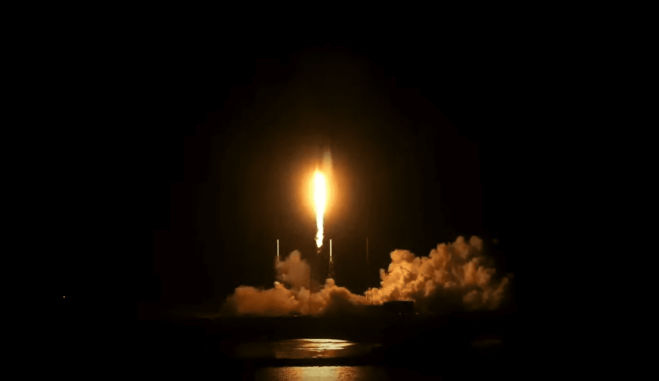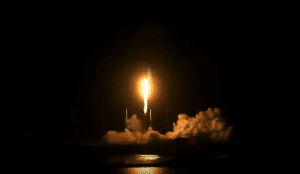

A NASA instrument to provide unprecedented resolution of monitoring major air pollutants—down to four square miles—lifted off on its way to geostationary orbit on April 7, 2023. The Tropospheric Emissions: Monitoring of Pollution (TEMPO) instrument will improve life on Earth by revolutionizing the way scientists observe air quality from space.
“The TEMPO mission is about more than just studying pollution—it’s about improving life on Earth for all. By monitoring the effects of everything from rush-hour traffic to pollution from forest fires and volcanoes, NASA data will help improve air quality across North America and protect our planet,” said NASA Administrator Bill Nelson.
NASA’s TEMPO launched from Cape Canaveral Space Force Station in Florida atop a SpaceX Falcon 9 rocket. The instrument is a payload on the satellite Intelsat 40E, which separated from the rocket approximately 32 minutes after launch. TEMPO commissioning activities will begin in late May or early June.
From a fixed geostationary orbit above the equator, TEMPO will be the first space-based instrument to measure air quality over North America hourly during the daytime and at spatial regions of several square miles—far better than existing limits of about 100 square miles in the United States. TEMPO data will play an important role in the scientific analysis of pollution, including studies of rush hour pollution, the potential for improved air quality alerts, the effects of lightning on ozone, the movement of pollution from forest fires and volcanoes, and even the effects of fertilizer application.
Image Credit: NASA
There are no upcoming events.
